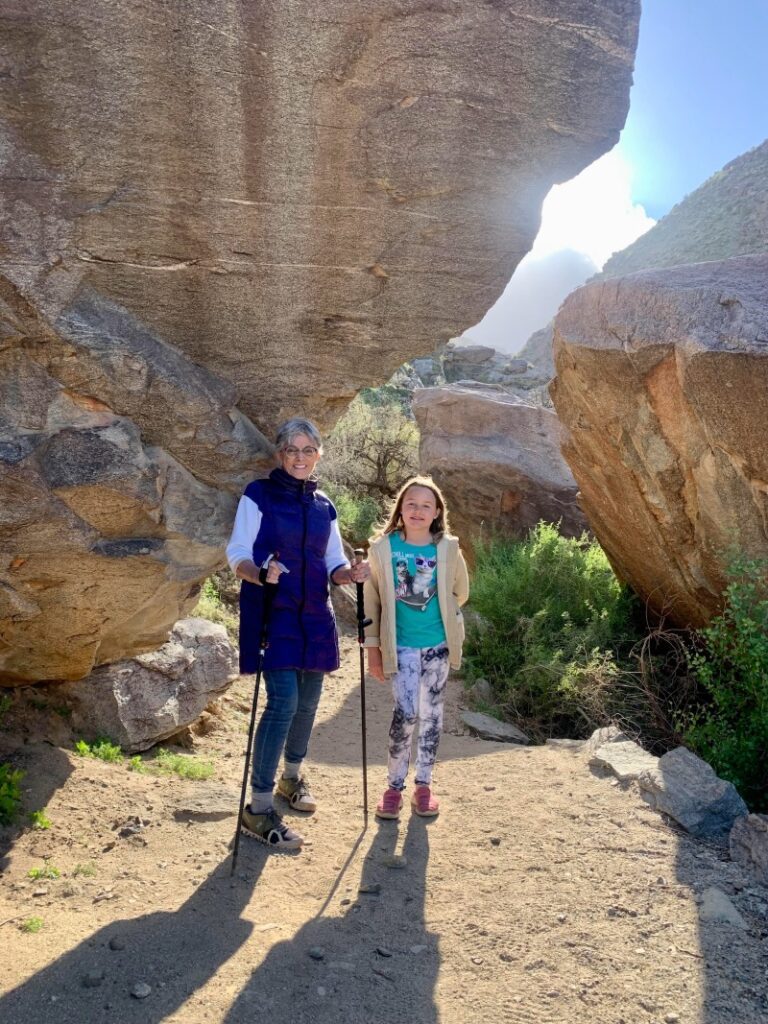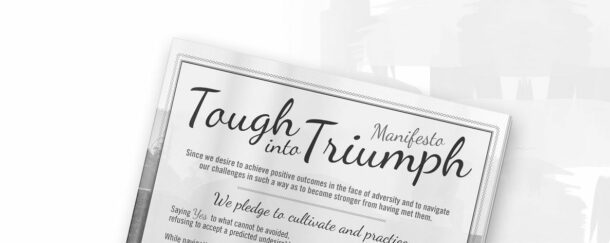 I’ve heard recently of several friends and acquaintances suffering the effects of serious falls. This is probably not unusual at my time of life, since falling is considered a major health risk for elders, and the risk of serious injury or death increases with age. When severe injuries occur, hip fractures or head trauma, for example, we join the community of the disabled, temporarily or permanently. It’s a category open to anyone at any age.
I’ve heard recently of several friends and acquaintances suffering the effects of serious falls. This is probably not unusual at my time of life, since falling is considered a major health risk for elders, and the risk of serious injury or death increases with age. When severe injuries occur, hip fractures or head trauma, for example, we join the community of the disabled, temporarily or permanently. It’s a category open to anyone at any age.
What about the grief of injury or illness and its lingering disability? The biggest effect is the loss of one’s self- identity as an able-bodied independent person. Infirmity means that we must rely on others and ask for help with activities we are accustomed to doing ourselves. There is also the loss and grief of what we had planned to do when we were able-bodied. I remember that the timing of my fall in my dance class and the resulting broken shoulder meant not only much pain and suffering through rehab activities to recover but having to forgo a long-awaited Grandparent trip with my granddaughter Tori, when she graduated from high school. Her brothers had had a turn and now it was hers. “No way am I going to release you to go horseback riding in the mountains” my doctor told me with a grin on his face. Now that she’s graduated from college, I still regret that missed opportunity.
Having a disability presents the possibility of igniting the stigma of appearing weak or incapable of independent action. People in wheelchairs report that others look past or through them rather than at them when they are in their seated position. This suggests that people with visible disabilities risk becoming invisible to others.
Not many remember when we had a president in a wheelchair, but his wife, Eleanor Roosevelt said of him, referring to not only the initial illness but the lifetime of disability that followed, “The thing that took the most courage in his life was his mastery of his meeting of polio.” In films about Franklin Roosevelt’s life produced several generations after the fact, I’ve learned that much was done to hide signs of his disability, his braces and wheelchair, from public view. Not just a trick of public relations, these efforts helped set the image of the president’s abilities in people’s minds rather than a focus on what he was unable to do. This is at the heart of what we all must do–focus on what we can do, not what we can’t.
Behind the scenes there was a kind of co-destiny operating given that Roosevelt was a man of means and able to fund research facilities in Warm Springs GA and bring attention to the cause of eradicating the disease from which he suffered. These efforts lead to the polio vaccine and the end of the pandemic my generation grew up with.
My community activist friend Rose was involved in the late 80s in the nationwide political effort on behalf of persons with a disability that resulted in the 1990 Civil Rights Law – The Americans with Disabilities Act, (ADA). This act not only prohibited discrimination on the basis of disability in all areas of public life; jobs, schools, transportation, and public spaces, but also created changes in the physical environment in which people with disabilities have to maneuver. The cutouts in sidewalk curbs that make it easier for people in wheelchairs to navigate also help people with baby strollers, elders with canes and walkers, and kids on scooters and tricycles as well. Thirty years later as I fill my water bottle at the airport, I’m thankful for the varied level water fountains in public buildings first installed to comply with the ADA requirements.
When I think of living and thriving with a disability I think of my mother-in-law Pearl, who had 25% lung capacity in her later years. She owned up to her part in her disability– teasingly reminding herself and everyone else that due to smoking, “I took a perfectly good set of lungs and ruined them.” But Pearl made up for her mistake by using every cell of her 25% capacity, walking on a treadmill, or in the covered mall in Florida every day. If she had a cold, she walked the treadmill with her oxygen on. Her walking shoes were arranged at her bedside to be put on her feet first thing upon waking. Not having grown up with an athlete’s dedication to exercise she would feel reluctant to begin, but then she’s say to herself, “You want a live don’t ya?” and strap those shoes right on before any other part of her had a chance to object.
Like with many losses, an experience without some abilities causes us to create another way to go forward, and to more deeply appreciate them if and when they return.

